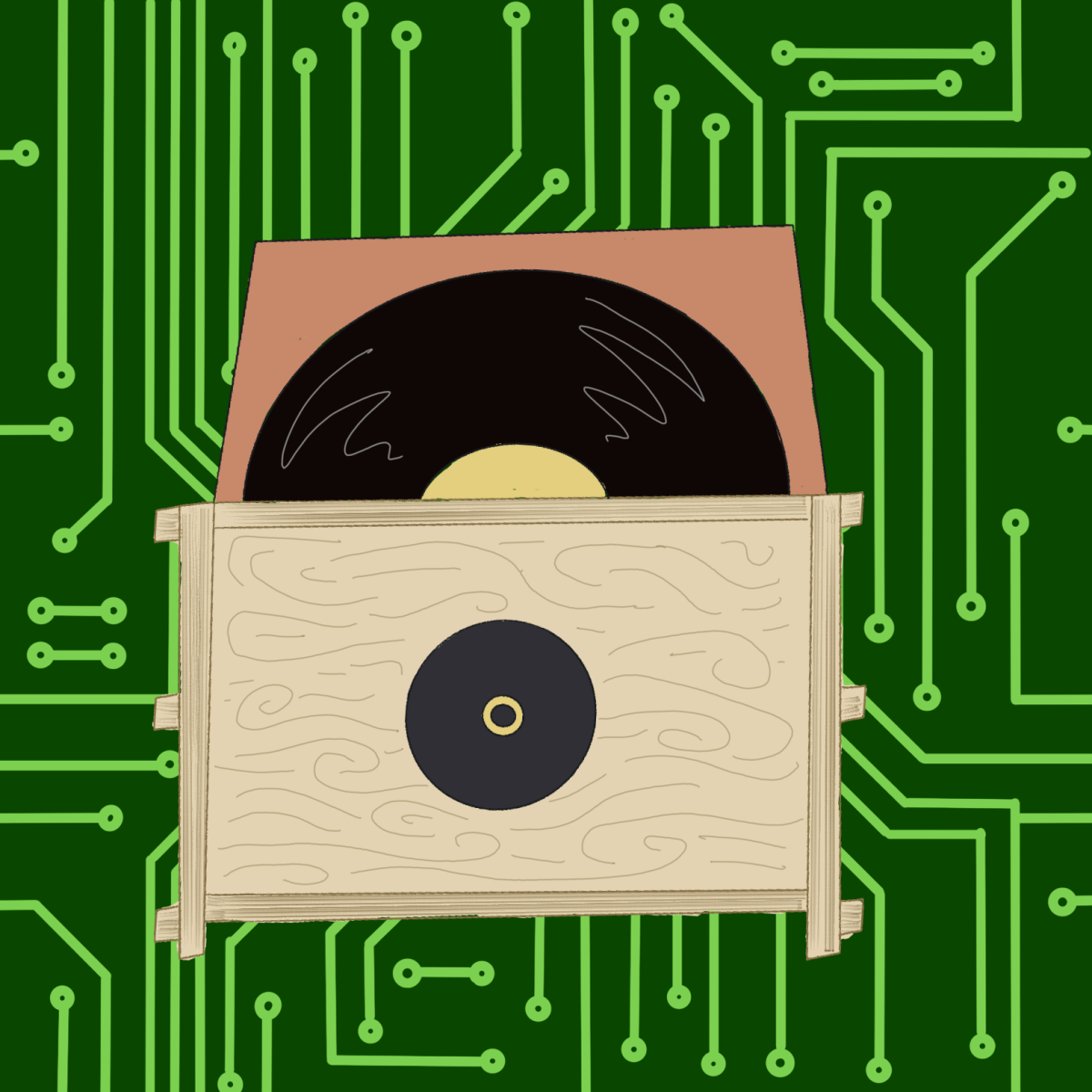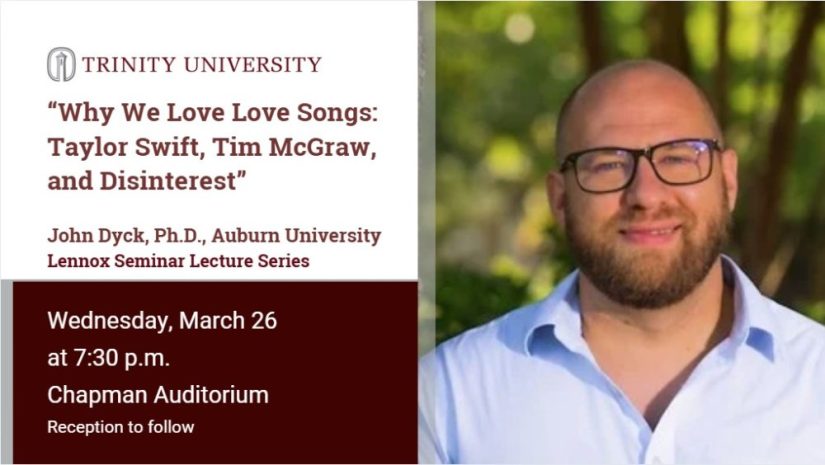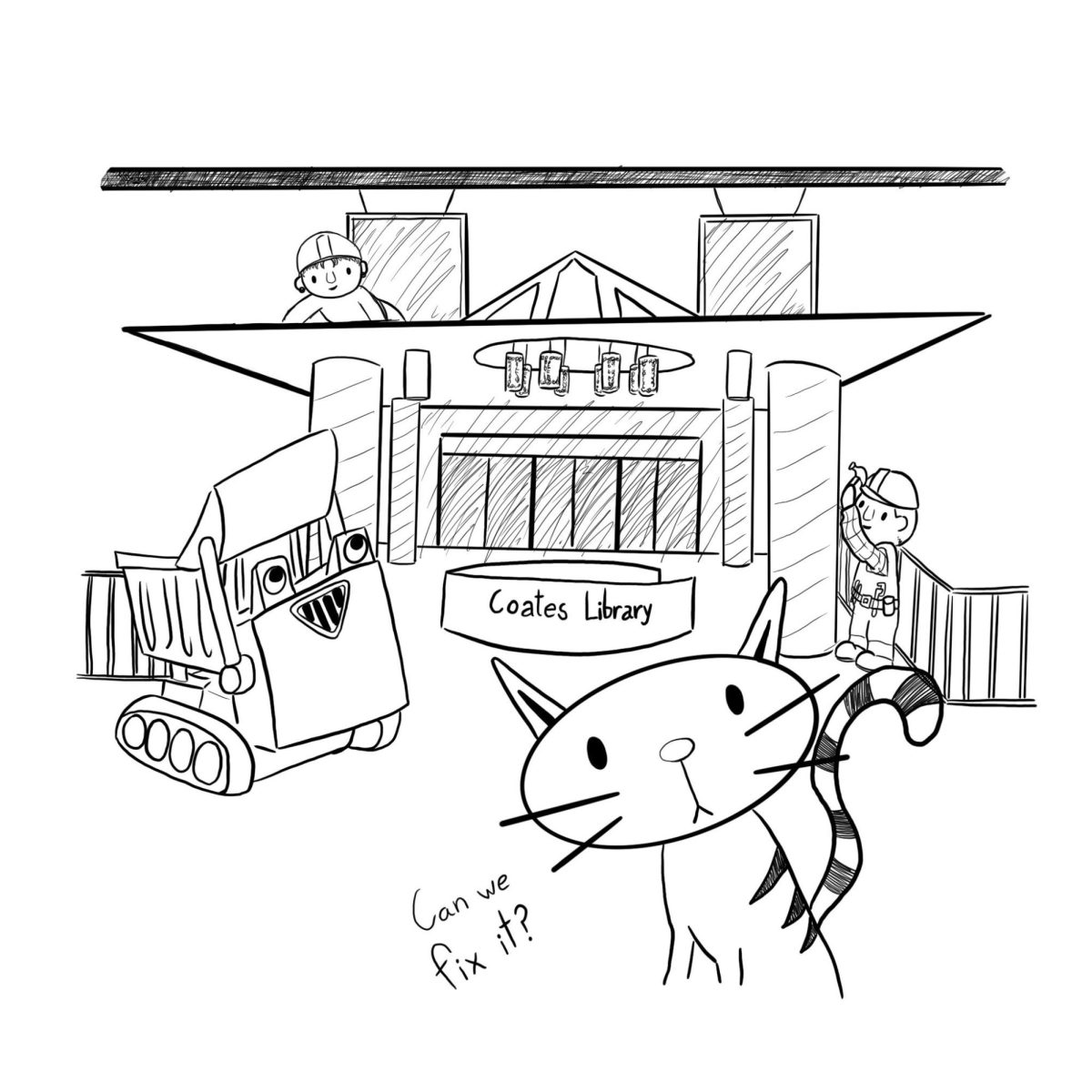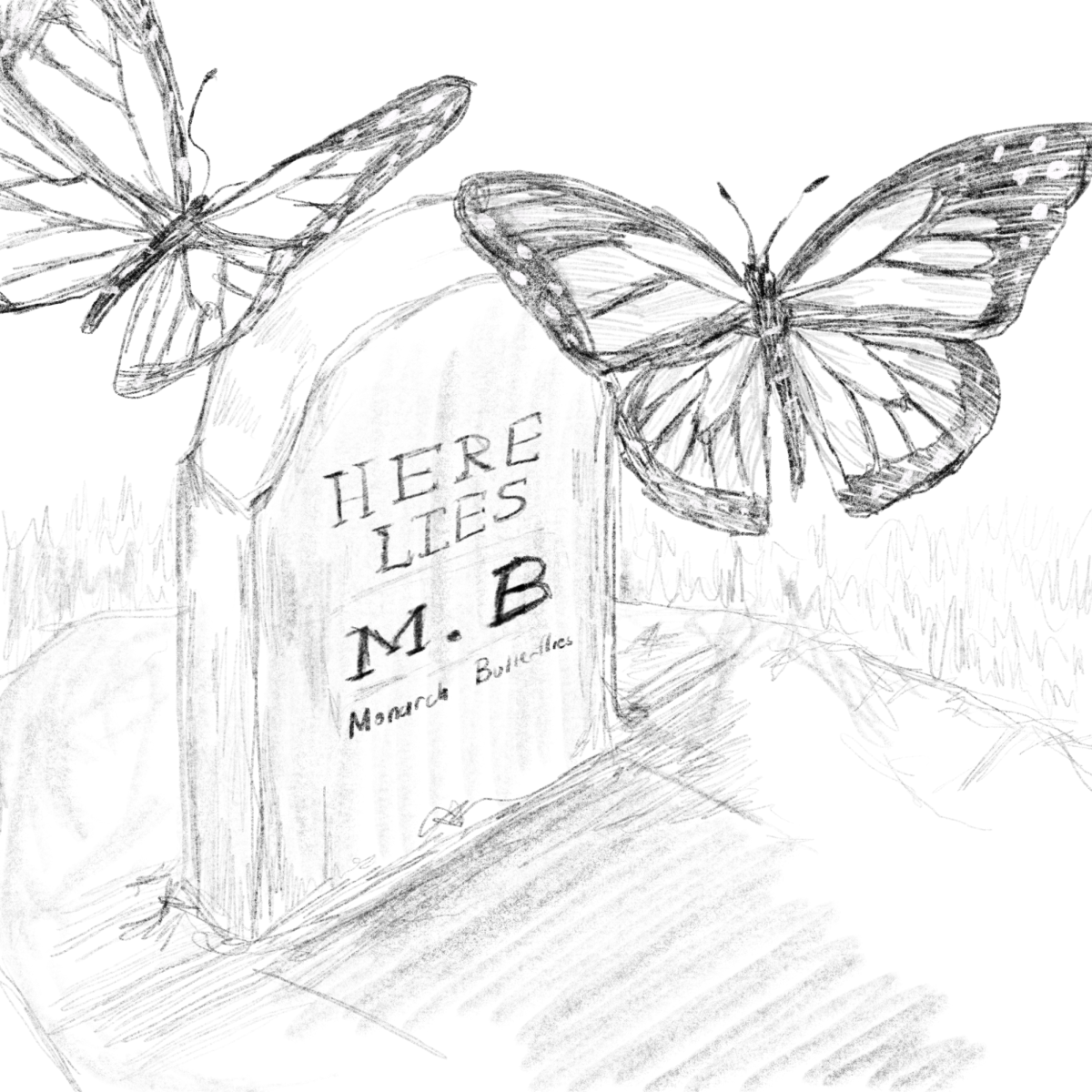‘Anemoia’ is a term coined by John Koenig, which refers to a feeling of nostalgia for a time or a place one has never known. A prevalent trend in the internet generation involves a romanticization of the past prior to being born, envisioning it as a place of heightened physical and emotional connections, both with people and the forms of media they engaged with.
This phenomenon is distinctly evident in the virality of 90’s high school camcorder videos on YouTube. A brief glance at the comment sections of these videos reveals an overwhelming amount of youth and young adults who, disillusioned with the current state of society, find themselves drawn to the strong sense of community and the vivaciousness they see with the individuals featured in the videos.
While some of this anemoia could be attributed to the generational tendency to cloak indeterminate dissatisfaction in an idealized vision of the past, it cannot be denied the virtual age has created a kind of rift in the modern ethos, fundamentally reshaping our interactions with the world and nearly every facet of media. Algorithms, in particular, seem to take us even further from the perceived essence of that past.
Within the realm of music, algorithms epitomize this shifting landscape more than ever, serving as potent agents of change in how we find, consume and engage with music. In the last decade, discovering new music has become an increasingly streamlined and stream-aligned process. Algorithms offer to stand in for trusted music connoisseurs, providing listeners with an array of curated recommendations from a vast and diverse source pool. These innovations can broaden our musical knowledge; however, they also guide us along an individualized peninsula of specificity, predominantly within genres we are already familiar with and among artists we’ve come to know.
When heavily relying on algorithms for my musical exploration, I’ve noticed a diminishing sense of serendipity that accompanies unexpectedly discovering music beyond my usual preferences. At the same time, algorithms have consistently suggested songs that I frequently revisit and introduced me to artists like J Dilla, Gift of Gab and Jay Electronica — among others — whose music deeply resonates with me. Others that I talk to seem to hold a similar cognitive dissonance; the general wariness they maintain towards music algorithms is at odds with the fact that they have provided them with much of the music that they listen to and enjoy on a daily basis.
Lately there has been a notable resurgence in traditional physical media formats, such as Polaroid cameras and vinyl, standing in stark contrast with the prevailing idea that the aesthetic of the 80s has devolved into kitsch. This could suggest that the generational anemoia towards the media of the 80s and 90s, might not stem solely from their visual or auditory impact, but also from their tactile nature, and the sense of physical connection these media forms provide.
Each of us has the power to draw a line in the sand and determine the extent to which we’re willing to embrace the clinical yet streamlined and efficient nature of these emerging technologies. To consider this further, we can ask ourselves questions like: To what extent are these algorithms tailoring to our preferences rather than tailoring our preferences? How much significance do we assign to the tangible and physical aspects of the media we engage with? How does our appreciation for convenience and efficiency measure against our desire for the process of finding and the serendipity of unpredicted discoveries?
For instance, with music listening I’ve adopted the practice of using playlists in a manner akin to browsing through a collection of vinyl records. While the tangible aspect might be absent, numerous playlists — especially those found on YouTube — stem from human curation, influenced by distinct tastes. To find these playlists, I look for music curators on YouTube who upload tracks from various artists or groups, some of which I already listen to and enjoy. These curators often upload playlists, which contain tracks uploaded from various other music curator channels, whose playlists I can then migrate to afterwards. This creates a kind of daisy chain effect that leads me to a much more eclectic array of songs than what I’d typically discover through algorithms alone.
This process is time consuming, and I wouldn’t recommend it for everyone, but therein lies my point: the choice is yours to decide the extent to which your process exploring media overlaps with the more emerging technologies of the modern era. It is up to you to find a balance between the convenience and ‘personalization’ offered by modern innovations and the tangible, unexpected connections that some yearn for. Ultimately, the way in which we navigate between the digital and the physical, and the human and algorithmic realms, stands as a testament to our autonomy, revealing our ability to choose our own line to straddle — distinct from the ever-advancing boundary of technological advancement.





